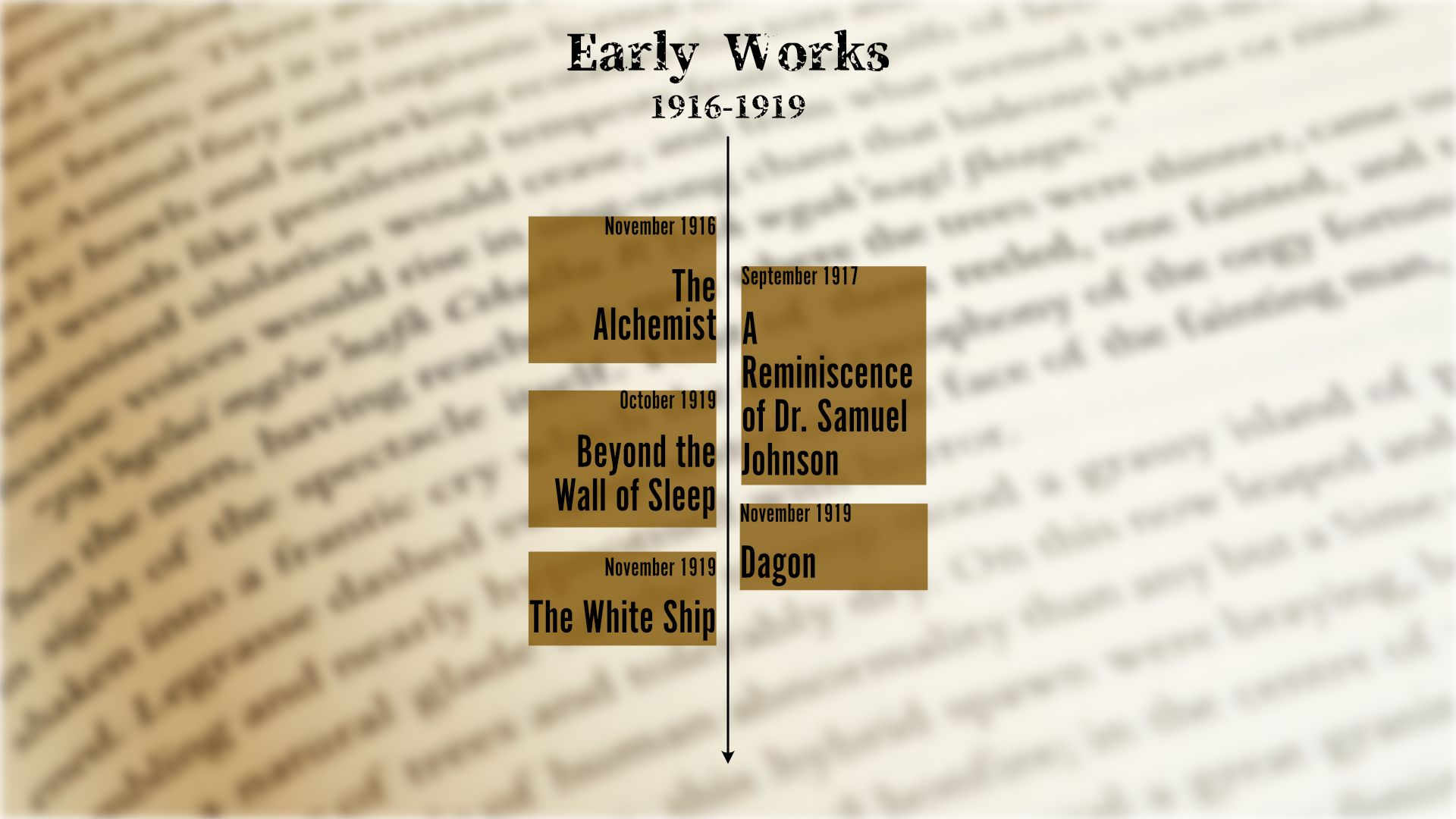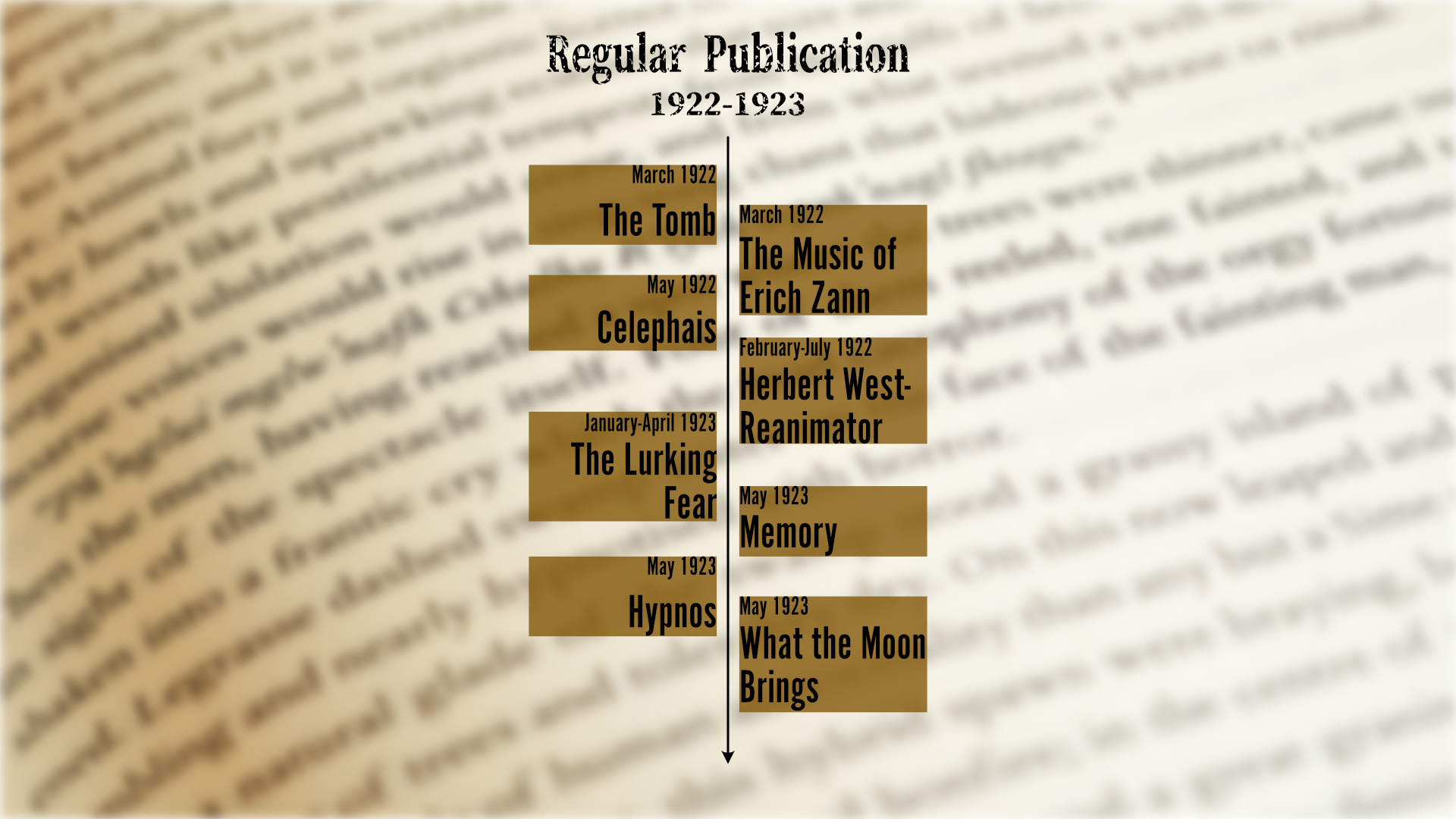
On Lovecraft
H.P. Lovecraft: The man himself was made famous like many authors of his day — long after their death. He died penniless and too young, and his life was not a particularly good one. His work was later popularized and his imaginings created a Mythos full of creatures beyond our worst nightmares like Cthulhu, Dagon, and Hastur, among other Great Old Ones, Outer Gods, and Elder Things. In almost every story, there are also cults of those who worship these beings and attempt to summon or use them for their own purposes.
The true horror of Lovecraft’s works are perhaps that they cannot be fully divorced from the author himself, who had a reputation even during his time (1920s) for being racist and xenophobic, with a deep, deep fear for those people and things that were foreign to him. It has been well documented, and is, in fact, also adjacent and perhaps tied into his connection to Archaeology, as he and others like Edgar Allen Poe at the time were afraid of what was being dug up under the Pyramids in Egypt.
This fear perhaps spurred the creation of the mythos, which is fueled by the fear of the unknown and of those things that humans are incapable of comprehending and often leads the humans in his stories to be driven into insanity. It is important to mention that mental health studies have come a long way since the 1920s, and that insanity in Lovecraft’s stories should be defined more as glimpsing the truth of the universe and being unable to process that experience as opposed to any clinical mental health issue known today.
His works were largely published from 1917-1937, the year he died, mainly in the form of short stories and occasionally as serials in magazines such as Weird Tales, a speculative literary journal that published other authors such as Robert E. Howard (Conan the Barbarian), and later Ray Bradbury. The magazine declined and officially ceased publication in 1954, and has changed hands and been revived by several different publishers over the years since.
Full Timeline of Lovecraft’s Works
He has over 60 published works, nearly all short fiction, but the two works most relevant to the discussion of Lovecraft & Archaeology are Under the Pyramids (1924), Rats in the Walls (1923), and At the Mountains of Madness (1936).









Next >>

